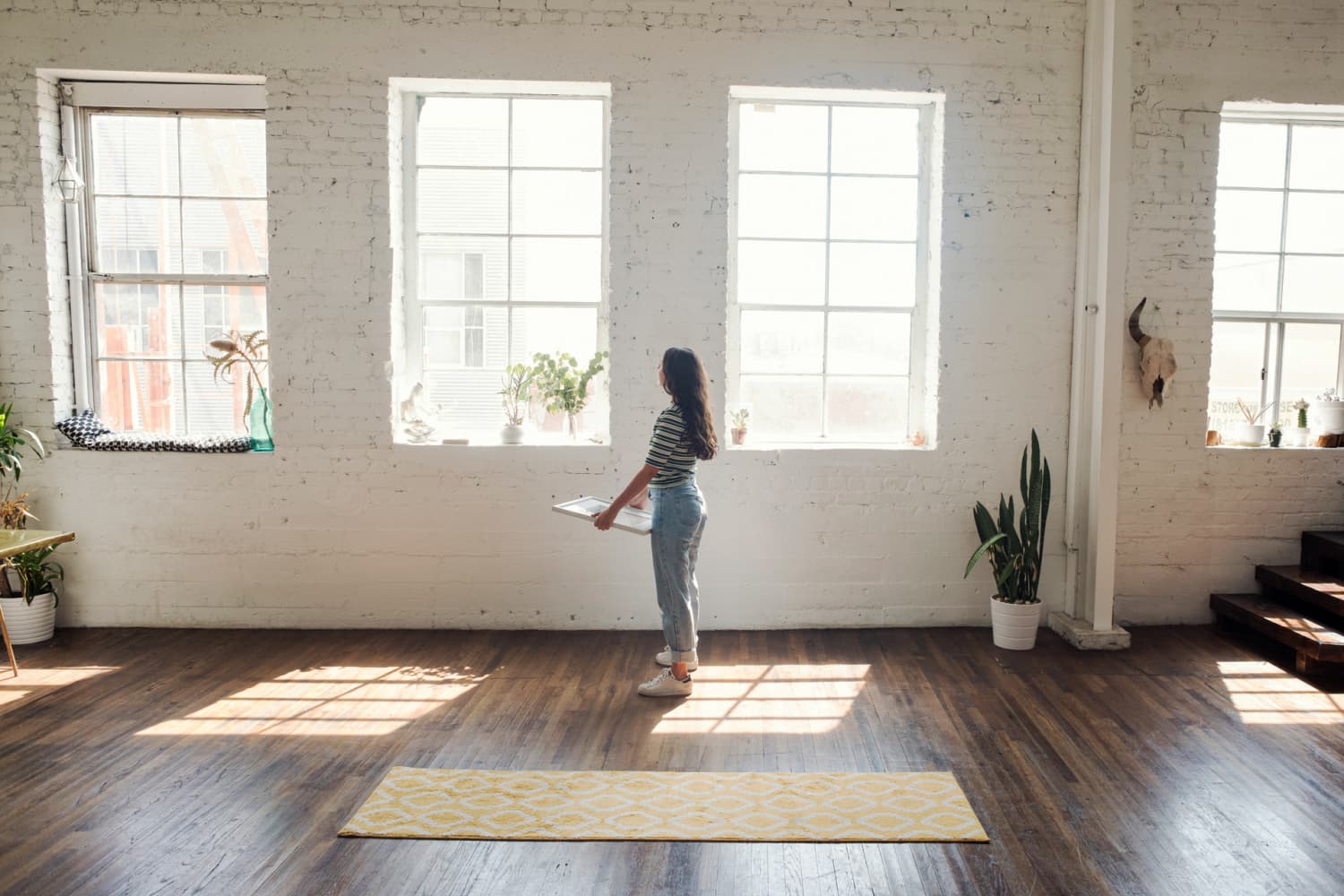[ad_1]
Home experts on TV make flipping houses look lucrative, easy, and even fun. But many viewers know better. There’s a tremendous amount of financial risk involved in house flipping, and the process is often fraught with complications. And that was before the pandemic.
Now, professional flippers are facing another challenge in their pursuit of profit: delays in materials due to COVID-19, says Ann Carson, who co-owns Flipping Seattle with her husband, Scott. Since time is money, such delays are very costly — and could make or break a flip.
“Almost every aspect of our current flipping projects have been affected by the current situation with COVID,” she says. “We have had untimely delays in deliveries, cost of materials have gone up along with the demand, leaving slim pickings when it comes to options such as fixtures, carpet, hardwoods, appliances.”
One major issue is that ports are backed up with deliveries, Carson says. For example, her team has been waiting for some wood floors to ship from California, but they’re “sitting in the ocean [on a boat] because the ports aren’t able to accept them until they’ve been inspected and quarantined.”
When materials do become available, it’s a race among those in the industry to acquire what they need, she says. Due to shortages in appliances, some of her homes have half-completed kitchens, missing key pieces like refrigerators or ranges. Also, since many retailers have been closed, Carson and her team have had to rely on online shopping, often winding up with products that didn’t meet their needs or quality standards.
All of these challenges result in costly delays across the industry. “It’s been a struggle for home builders, and seasoned flippers, and remodelers alike,” she says. But Carson and her team have learned to adapt to the current difficulties, including sourcing materials from different places than before and ordering items very far in advance. “We’re finding that having great relationships with your vendors and sourcing locally has been a huge help in keeping our projects moving forward,” she says.
Carson has also learned to be flexible in her designs, often creating several backup plans with alternative material choices in case she can’t obtain the ones she initially wants, like a certain marble for a kitchen countertop or a particular type of bathroom tile, for example. Her team, which often has as many as 10 flips in progress at once, has also learned to adapt, jumping from one project to another once materials finally become available and work can be done. Instead of focusing on one flip at a time, they’re working “piecemeal,” she says.
Through it all, Carson and her team have remained optimistic, resilient — and very, very busy, she says. “Our house inventory is so low, and our buyer pool is in abundance. We love taking these unlivable houses and making them a home for people to enjoy, so it’s all worth it.”
[ad_2]
Source link











